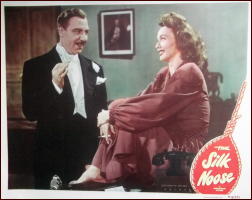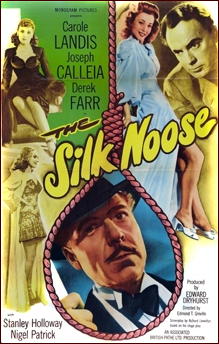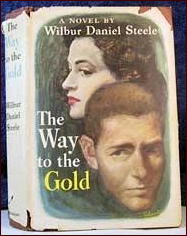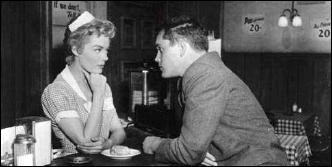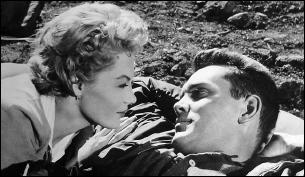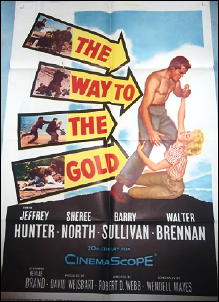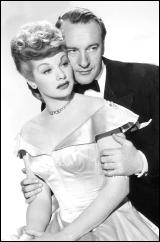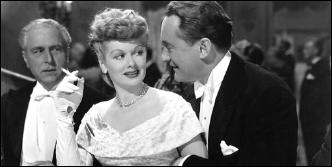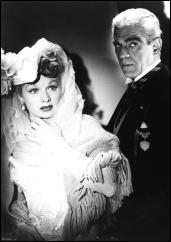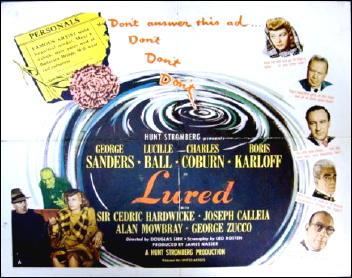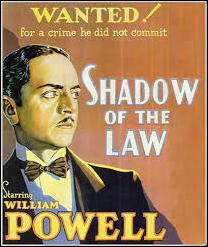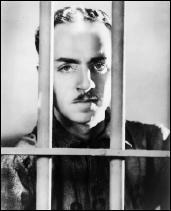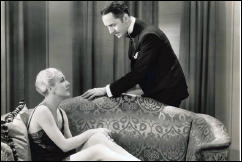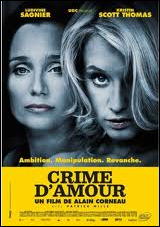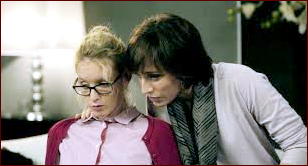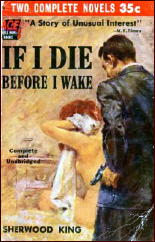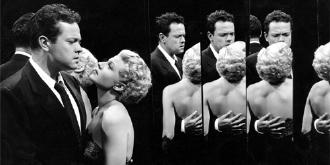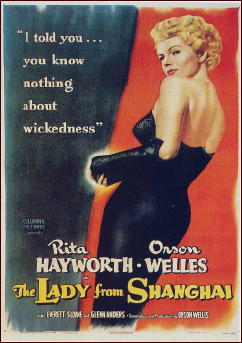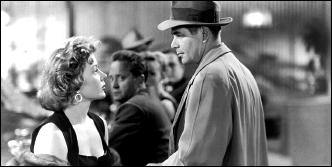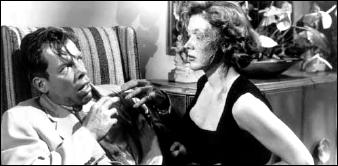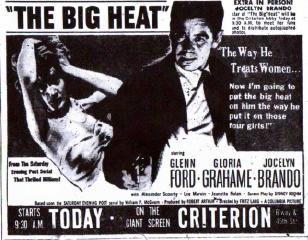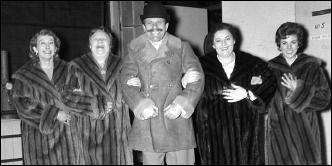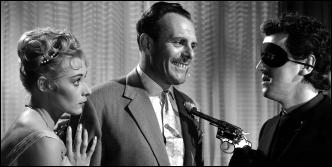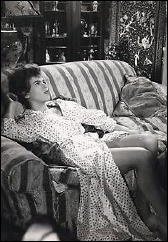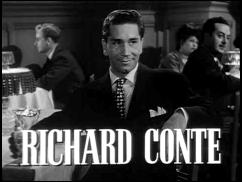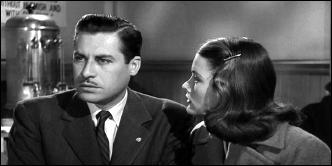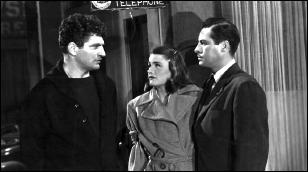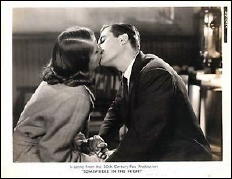Tue 22 Apr 2014
A Movie Review by Jonathan Lewis: STORM WARNING (1951).
Posted by Steve under Crime Films , Reviews[7] Comments
STORM WARNING. Warner Brothers, 1951. Ginger Rogers, Ronald Reagan, Doris Day, Steve Cochran, Hugh Sanders. Screenplay: Daniel Fuchs & Richard Brooks. Director: Stuart Heisler.
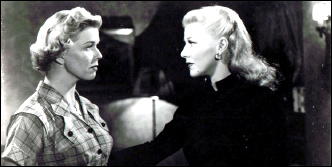
As much a cultural artifact as it is a film, Storm Warning (1951) is about a big city woman who witnesses a murder in a small town, the KKK’s stranglehold on otherwise decent people, and a county prosecutor’s determination to both solve a murder and to bring down the local Klan. Directed by Stuart Heisler (The Hurricane) and starring Ginger Rogers, Ronald Reagan, Doris Day, and Steve Cochran, the film is both a captivating tale of suspense and a cinematic jeremiad against the Klan’s role in the post-war South.
With a screenplay written by Richard Brooks (Elmer Gantry) and Daniel Fuchs (Criss Cross), Storm Warning is notable for its strong anti-Klan message, its bleak depiction of the mores of a particular slice of small town America, and its tragic, downbeat ending.
Indeed, shadowy black and white cinematography, a setting with dark streets, a neon-lit diner, and an abandoned bus terminal, and a brutal on screen murder, signal Storm Warning’s arrival as a film noir. After about forty minutes or so, however, the film morphs into a middling courtroom melodrama more suited for television than for the big screen. It then reverts to noir, albeit of an even darker shade, for film’s shockingly violent and tragic conclusion.
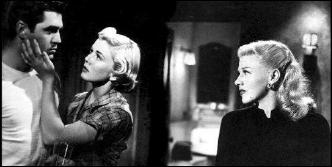
The plot’s basics are as follows. A bus is passing through the small southern town of Rockpoint. One of the passengers, a dress model named Marsha Mitchell (Ginger Rogers), has a sister in town. Since she hasn’t seen her sister in person for two years, she decides to get off the bus in hopes of catching up with her sibling, promising her traveling companion that she’ll catch up with him soon.
Something seems eerily wrong with the town. The guy who checks luggage at the bus terminal is in a hurry to close up, the local cab driver has no interest in driving his cab, and a diner is closing unusually early. Without a cab to take her to the recreation center where her sister works, Mitchell has to walk alone through the town’s dark, abandoned streets.
Soon Mitchell witnesses a scuffle outside the local jail. Klansmen are beating a print journalist, Walter Adams, who had been imprisoned on possibly trumped up charges after investigating the Klan. Mitchell witnesses the violence and tries to hide. Things go from bad to worse when one of the Klansman, his hood removed, shoots and kills the reporter.
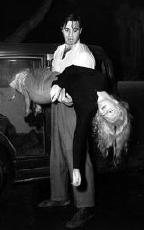
Mitchell finally makes her way to her sister’s house. While catching up, she learns that her sister, Lucy Rice (Doris Day in an early non-singing role), is not only happily married, but also pregnant. Soon, her sister’s loser husband, Hank (Steve Cochran), comes home. Not only do we learn that he has an alcohol problem; he’s also the same guy who shot and killed the reporter.
Marsha Mitchell has an ethical dilemma. Does she admit that she knows what the husband did? Does she tell the authorities? What responsibility does she have to ensuring her sister’s happiness? What responsibility does she have to tell the truth? What would the consequences be of each possible choice? The movie deals with these very questions.
Tasked with solving the murder is the local district attorney, Burt Rainey (Ronald Reagan), who is well aware that many of his former high school classmates and neighbors are either in the Klan or are afraid to say anything negative about them.
Rainey is determined, however, to seek justice for Walter Adams. He doesn’t think much of the Klan, essentially viewing it as a corrupt racket. Eventually, Rainey learns that Marsha Mitchell had witnessed the crime and orders her to a coroner’s inquest. From there, the film takes several twists and turns, only to culminate in an especially noir ending that takes place at a chillingly realistic looking Klan rally out in the woods.

As I viewed Storm Warning, several things struck me. First, despite its clear anti-Klan message, there are no explicit references to the Klan’s racism. The viewer is supposed to understand what the Klan is and what it does. This is no Mississippi Burning.
More notable is the fact that the Klan is presented as a corrupt, fraudulent organization rather than as a vehicle for hate. There are also very few non-white faces in the film. Likewise, not a single character has a Southern accent. Finally, the film is notable for its almost complete lack of levity. Except for a moment in which Rainey’s mother notes that she didn’t vote for her son in his election for district attorney, but would do in the future, the film has almost no memorable humorous or happy moments.
Reagan succeeds in portraying Rainey as a lonesome warrior for good. Steve Cochran portrays Hank Rice as almost too stupid to be truly evil. The two female leads, Ginger Rogers and Doris Day, portray sisters who have completely different personalities. While Mitchell (Rogers) is guarded and cynical, Rice (Day) is ebullient and distressingly naïve.
Storm Warning is very dark, unhappy, and claustrophobic film. But it’s not one a viewer will soon forget. If you choose to watch it, the violence of last ten minutes or so will probably stay in your mind for some time to come. I’m pretty sure that’s what the screenwriters wanted.

